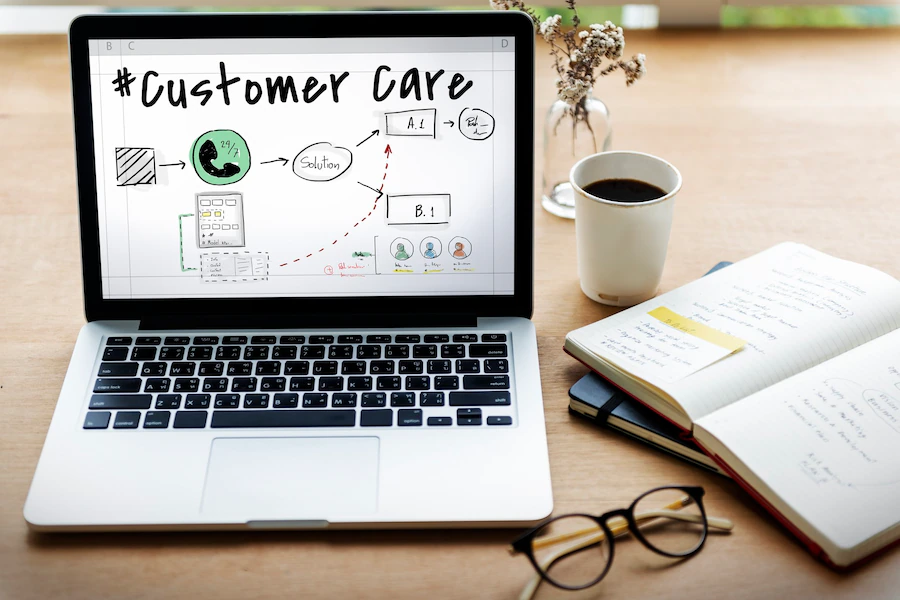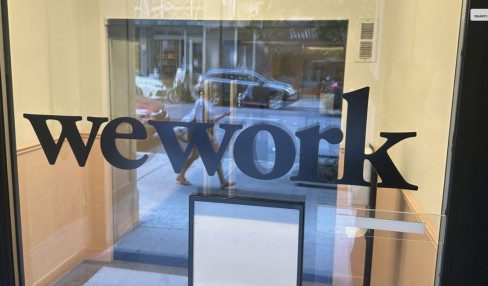Unlocking The Customer Lifetime Value Formula: How To Calculate Clv
4 Mins Read
Published on: 04 August 2023
Last Updated on: 21 September 2023

Imagine you own a thriving e-commerce store that sells premium fitness apparel. Your business has a loyal customer base, and you frequently launch marketing campaigns to attract new shoppers. One day, you realize that while your marketing efforts bring in new customers, many of them make only one-time purchases and never return. On the other hand, some customers consistently come back to your store, make repeat purchases, and even refer their friends. This stark contrast in customer behavior raises an important question: What makes some customers more valuable to your business than others? The answer lies in understanding the Customer Lifetime Value (CLV) concept.
In today’s competitive business landscape, understanding customer lifetime value (CLV) is crucial for making strategic decisions that can drive long-term success. The customer lifetime value formula is a powerful tool that helps businesses estimate the total revenue they can expect to generate from a single customer throughout their relationship with the company. By unlocking the customer lifetime value formula, businesses gain valuable insights into their customers’ value, enabling them to optimize marketing strategies, enhance customer retention efforts, and allocate resources more effectively. In this article, we will delve into the customer lifetime value formula concept and explore how businesses can calculate and leverage it to boost their profitability and build lasting customer relationships.
What Is Customer Lifetime Value?

Customer lifetime value (CLV) is an essential metric for measuring the total amount of money a business can expect to make from any given customer throughout their relationship with that company. It measures both current revenue generated from each customer and future revenue potential from them via repeat purchases or referrals. This metric gives companies an idea of how much they should be willing to spend on marketing campaigns or other initiatives designed to acquire new customers or retain existing ones.
How To Calculate CLV?
A business’s CLV can be calculated using a few simple steps:
- Estimate average purchase frequency – Determine how often your customers make purchases over some time (e.g., yearly). For example, if you sell sporting goods online, you may find that your average customer makes three purchases per year.
- Estimate average purchase size – Based on past data, estimate the typical purchase size for your products or services (e.g., $50).
- Multiply those two figures together – Using the above example again, multiply three annual purchases by $50 each; this would give you an estimated CLV of $150 per year per customer ($50 x 3 = $150).
- Factor in additional costs associated with servicing each customer – Consider any additional costs associated with providing service or support for each individual, such as shipping fees or discounts offered during promotions; subtract these costs from your estimated CLV figure ($150 – $15 = $135).
- Estimate customer loyalty & referral rates – Consider any increased likelihood that existing customers will continue purchasing products/services due to loyalty programs or referral incentives; add this number to your estimated CLV figure ($135 + 10% =$148).
- Adjust for inflation & seasonality– Adjust for inflation and seasonal fluctuations based on historical trends; add these numbers back into your calculated CLV figure ($148 + 2% =$151).
- Calculate overall Customer Lifetime Value– The result is a comprehensive view of expected revenue generated by one single consumer over time which can help inform decision-making when it comes to marketing campaigns and other initiatives aimed at acquiring new customers or retaining existing ones ($151 x 7 years =$1057 ).
The Benefits Of Unlocking The Customer Lifetime Value Formula
Unlocking the Customer Lifetime Value (CLV) formula offers immense benefits for businesses looking to maximize profits and build long-lasting customer relationships. Here are some critical advantages of understanding and utilizing the CLV formula:
- Data-Driven Decision Making: CLV provides valuable insights into the value of each customer over their entire relationship with the business. With this data, companies can make informed decisions about resource allocation, marketing strategies, and customer retention efforts.
- Optimize Marketing and Acquisition Strategies: Knowing the CLV of different customer segments allows businesses to tailor their marketing and acquisition strategies Companies can focus on attracting and retaining high-value customers, which leads to better returns on investment.
- Improve Customer Retention: Understanding CLV helps identify high-value customers more likely to remain loyal. By offering personalized experiences, rewards, and incentives to these customers, businesses can improve customer retention rates and foster long-term loyalty.
- Enhance Customer Experience: CLV insights enable businesses to provide better customer experiences. By understanding customer preferences, needs, and behaviors, companies can create targeted marketing campaigns and personalized offers that resonate with their audience.
- Increase Customer Lifetime Value: With a clear understanding of CLV, companies can implement strategies to increase the value of each customer over time. By nurturing customer loyalty and encouraging repeat purchases, businesses can maximize lifetime value and drive sustainable growth.
- Competitive Advantage: Businesses utilizing the CLV formula effectively gain a competitive edge in their industry. They can make smarter decisions, optimize their marketing efforts, and build stronger customer relationships, positioning themselves for long-term success.
In conclusion, unlocking the Customer Lifetime Value (CLV) formula is crucial for businesses seeking to optimize their marketing strategies and drive long-term success. Organizations can make informed decisions about budgeting, resource allocation, and customer acquisition efforts by accurately calculating the CLV. This allows businesses to focus on retaining existing customers and building strong relationships, leading to increased efficiency, cost savings, and customer loyalty. Understanding the CLV provides valuable insights into customer behavior and empowers businesses to stay ahead in a competitive market by delivering personalized experiences and targeted campaigns. By leveraging the power of the CLV formula, companies can unlock new opportunities for growth and sustainability, setting them on a path to achieve greater profitability and success in the ever-evolving business landscape.
Read Also:


















Comments Are Closed For This Article